The previous post looked at the dimensional constraints and compatibility issues of putting drones in tubes, this one will look at drones in boxes.
[OK, I know we mean UAS, but everyone else calls these drones]
‘Drone in a Box’ is an emerging approach that allows small UAS to deploy and return to a self-contained box, more often repeatedly. The box provides physical protection and serves as a landing pad, charging point and in some cases, communications hub. Devices can be cued remotely or by on-site sensors, some use autonomy features to avoid, reduce (or eliminate) operator workloads.
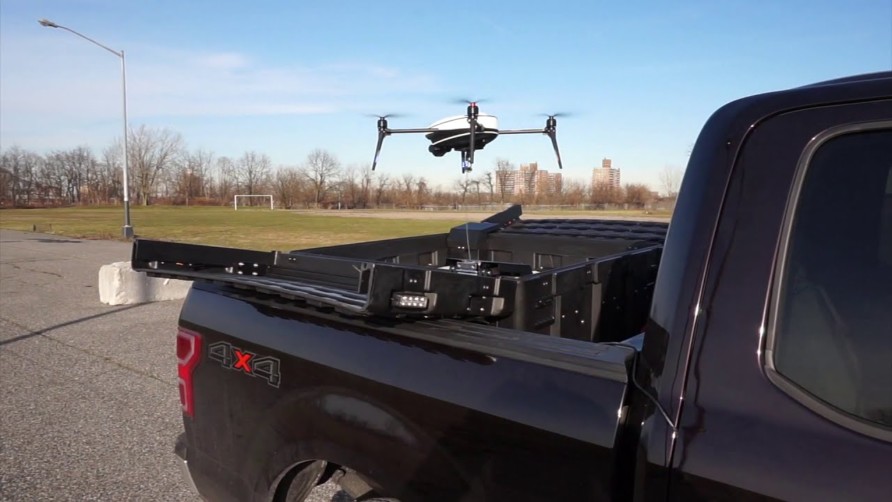
They are being increasingly used in the mining, agriculture, energy, perimeter/area security, and conservation sectors.
This is a good overview video from Percepto of what looks like an excellent system.
Many vendors provide variations on the theme for large and small UAS (relatively speaking), and take different approaches to charge interfaces, the door configuration and software integration.
There is a growing ecosystem of suppliers that can be exploited for defence purposes.
https://www.airoboticsdrones.com/
https://www.american-robotics.com/
https://www.icarosgeospatial.com/
This paper provides an excellent overview, well worth the time to download and read.
There are some interesting potential defence concepts for a drone in a box.
Put them on a ship to provide a mobile crows-nest, the back of a pickup truck for deployed light role forces. Or even left unattended on the top of a building in an urban context.
Rheinmetall demonstrated Boxer with a ‘drone in a box’ a few years ago (skip to 40 seconds in)
A ‘drone in a box’ is a logical aspect of maturing the whole defence UAS infrastructure, as are tubes (previous post)
A handful of aspects of this are worthy of further discussion.
Stability and Motion Compensation
For a small UAS to safely land bank in the box, some degree of stability is likely to be required.
Heave compensation is a well-understood engineering solution but usually for large platforms, cranes and such like. A 3-axis motion stabilisation platform for the drone box would allow it to be used in a wider range of wave conditions.
On a vehicle, this may well add too much weight and complexity, negating the benefits of the box itself, but worth considering if mobile use is required.
Tethered and Untethered
In a previous post on tethered drones, I looked at the various options.
It strikes me that combining a tethered UAS with a box makes a lot of sense, especially considering the potential use cases.
At a small scale, the Vscout provides an example
Fotokite, another
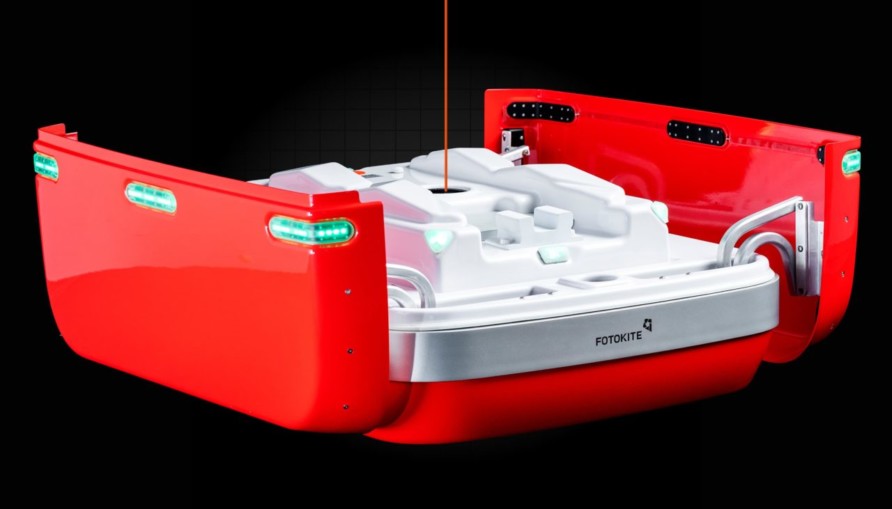
Moving up the size ladder, Easy Aerial shows an example of a hybrid tethered/untethered solution within a self-contained box.
Non-Conventional Payloads
The Royal Navy has already tested a small UAS for ‘man overboard’, providing a rapid response-ability to locate the person and drop a lifeline or floatation device.
I thought this was a brilliant application from the Navy X/700NAS team, together with Malloy Aeronautics and Planck Aerosystems, one can imagine a big red button that opens the box and deploys it to help. The box would keep the rescue UAS protected, always powered and always available.
It would be small enough to have on pretty much all RN/RFA vessels.
Also from the Royal Navy and Malloy, but this time with BAE, Hydroid UUV, and a Lightweight Torpedo.
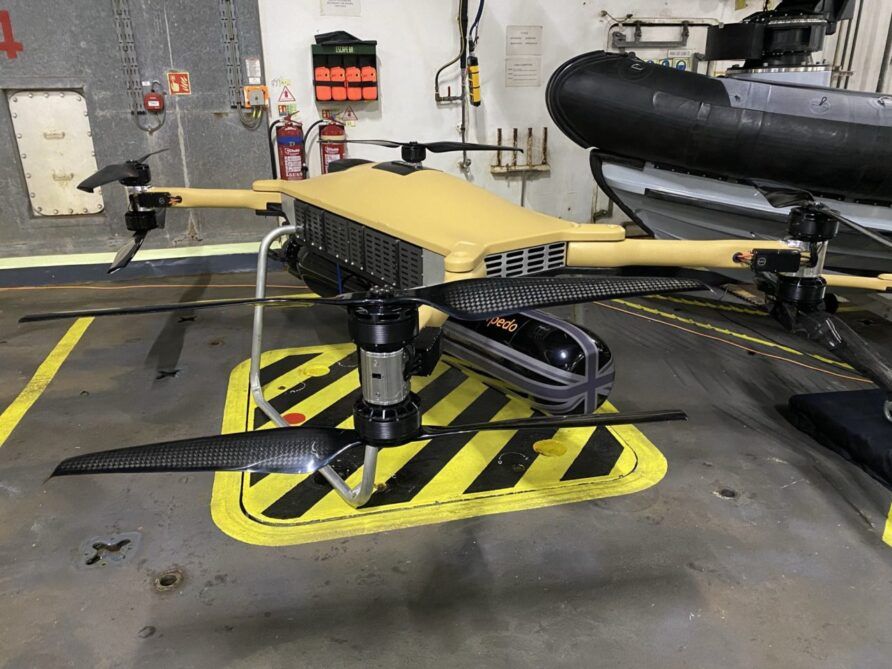
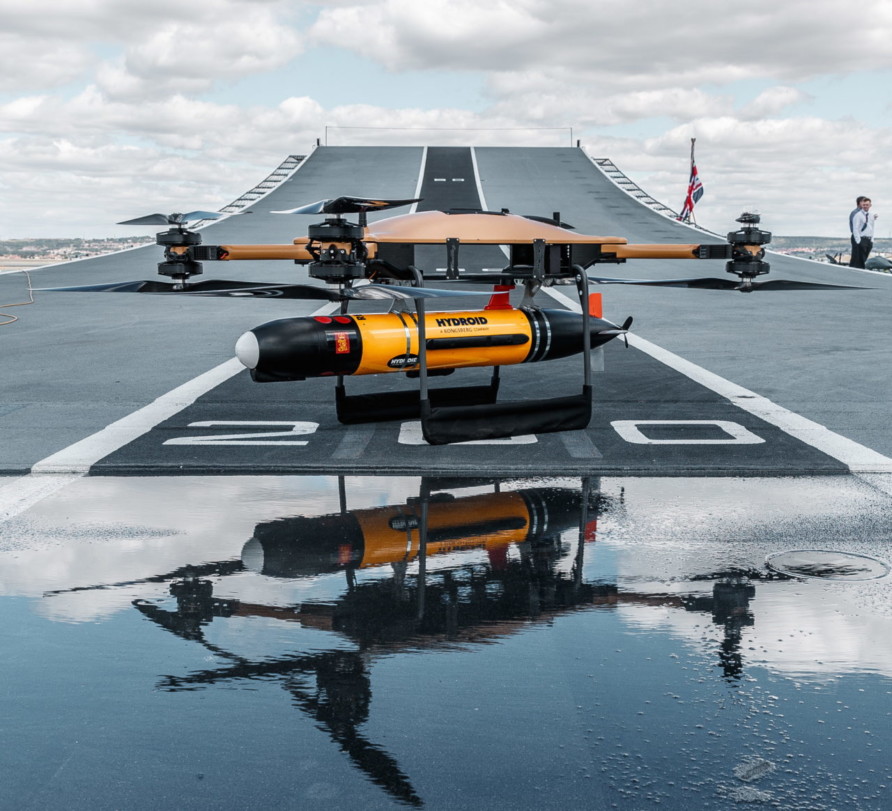
There are some fascinating applications for a heavy lift UAS, made even more interesting by being able to put them in a box, especially for rapid launch, offboard cueing and distributing over multiple ships and locations.
Before reading on, would you mind if I brought this to your attention?
Think Defence is a hobby, a serious hobby, but a hobby nonetheless.
I want to avoid charging for content, but hosting fees, software subscriptions and other services add up, so to help me keep the show on the road, I ask that you support the site in any way you can. It is hugely appreciated.
Advertising
You might see Google adverts depending on where you are on the site, please click one if it interests you. I know they can be annoying, but they are the one thing that returns the most.
Make a Donation
Donations can be made at a third-party site called Ko_fi.

Think Defence Merch
Everything from a Brimstone sticker to a Bailey Bridge duvet cover, pop over to the Think Defence Merchandise Store at Red Bubble.
Some might be marked as ‘mature content’ because it is a firearm!
Affiliate Links
Amazon and the occasional product link might appear in the content, you know the drill, I get a small cut if you go on to make a purchase
How Big the Box
The simple answer is, well, it depends on the size of the drone.
But, we have many well-established footprints it might be worth constraining ourselves to, wherever possible.
The most obvious is the NATO pallet, at 1mx1.2m. 463L and Euro container sizes should also be considered.
It is these physical dimensions that enable integration and easy movement through the supply chain.
As an example, use a JMIC for your drone box, and it could be moved easily from one vehicle to another. It could be stacked for transport, deployed on a flat rack, moved in a container, placed on the cargo bed of a pickup truck or Jackal.

Think you get the picture.
One can certainly imagine the potential of drone boxes being more readily exploited by making them pallet size.
Interestingly, the British Army has just placed an order with MCL for several Skydio X2 UAS, and they have a box solution
UPDATE
Glenn in the comments informed me that the MoD has also purchased a few Atlas NEST to evaluate.
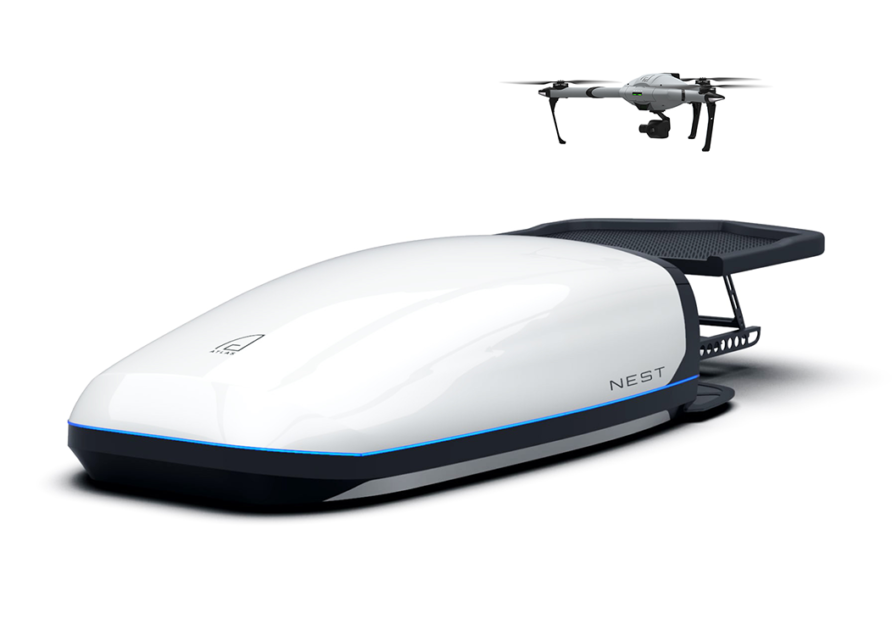
Discover more from Think Defence
Subscribe to get the latest posts sent to your email.


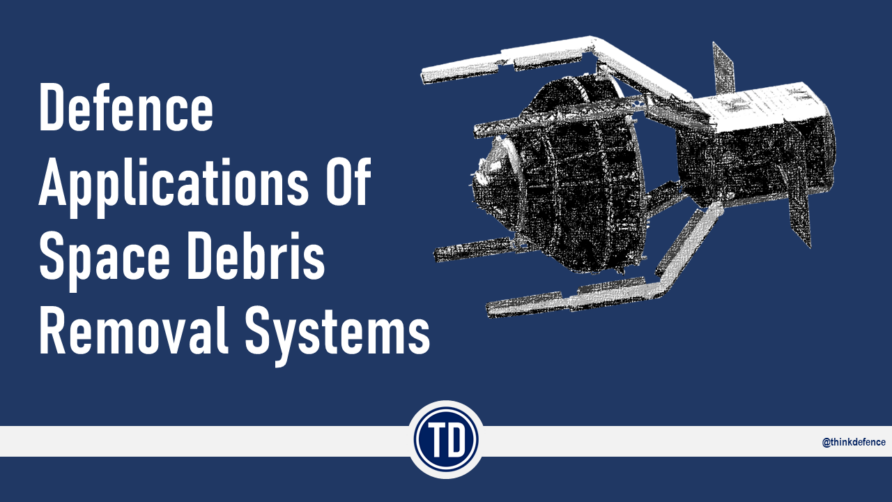
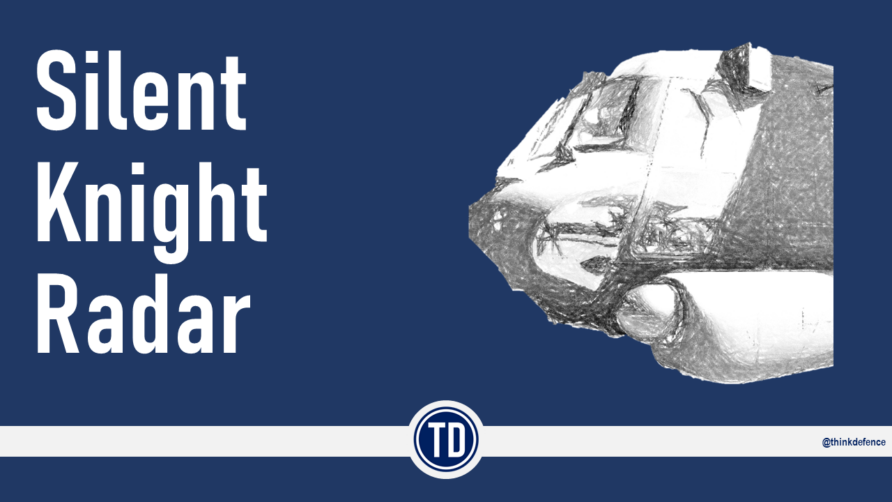

None of the ‘Western’ systems mentioned actually change the drones battery. Atlas Dynamics (out of Latvia) designed the Atlas NEST system (4 years ago!) which is a fully automated docking system that does exactly that,=. Meaning an AtlasPRO drone will return to the NEST as soon as power runs low to be taken in and the battery changed for a new fully charged battery and is then free to carry on with its mission. Fully autonomously. The British Army just bought 5 NEST for experimentation. Contact me at glenn.brown@vokhus.com if yo u wish to know more.
Thanks Glenn, will update the post